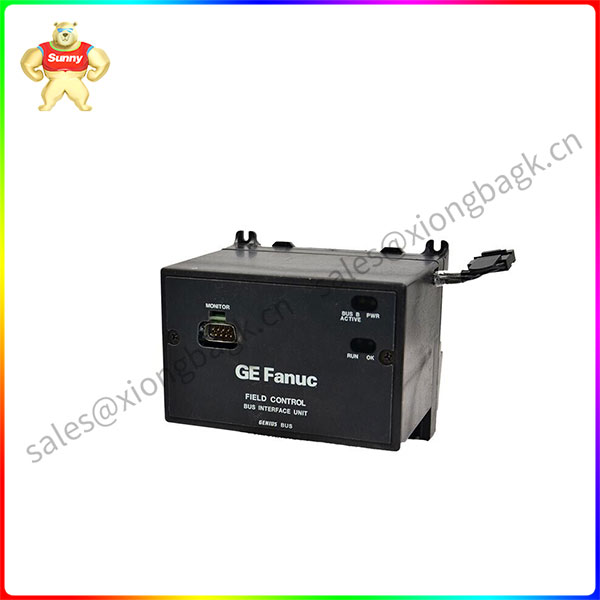In the past year, affected by multiple factors such as the economic recovery after the epidemic and weak demand, the global semiconductor industry has suffered a cyclical trough, and when the industry can enter the upward stage of the cycle has become the most concerned and discussed the most heated topic for the vast majority of semiconductor people. While there is some uncertainty in the short term, one thing is certain: in the midst of a downward industry cycle, strong confidence in the future helps us to better progress towards our stated goals.
At the macro level, this confidence comes from a better long-term outlook for the semiconductor industry. According to a Deloitte report, the global semiconductor output value is expected to exceed $1 trillion in 2030. More importantly, the development process of the semiconductor industry has accelerated significantly, and it is expected to take only 10 years to double the output value from $500 billion to $1 trillion, half the time taken to develop from $250 billion to $500 billion, and short-term fluctuations in the industry will not affect its long-term development prospects. From our own perspective, this determination comes from our innovation genes that lead the development of cutting-edge technologies, our keen sense of insight into the deep needs of the industry, our long-term practice of working with customers to meet digital challenges, and our value proposition that has a profound impact on humanity, society and the earth’s environment.
Leading innovation, Grasping the new anchor of the digital World
In the world of navigation, the existence of ship anchors allows ships to dock stably at predetermined positions no matter how much wind and waves they face.
Today, the intelligent edge is the most exciting technological development, the new anchor that helps us respond flexibly to the ever-changing digital world. Artificial intelligence is moving to the edge at a rapid pace, thanks to the emergence of new applications such as autonomous driving and automated factories, people’s attention is shifting to high efficiency, real-time decision-making and safer and more reliable operation, which in turn drives data processing and intelligence from the cloud to the edge, and this trend has also spread to various industries. With the benefits of reduced latency, reduced bandwidth requirements and improved data security, the intelligent Edge uses ubiquitous detection and AI-driven edge computing to close the distance between computing, data storage and data sources in real time, so that data can be transformed into insight, understanding and action, which can help customers accelerate their digital transformation and positively impact people and the

IC670GBI002H
planet.
As a core force connecting the physical and digital worlds, ADI is in a key position to deliver the intelligent detection, interpretation, connectivity and power solutions it needs at the edge of intelligence. With a portfolio of high performance products with unmatched depth and breadth, we are able to bring analog, digital and software solutions closer to where detection and drive occur to better control and leverage data.
The development of intelligent edge technologies will bring us new capabilities, applications and markets. I am confident that over time, ADI will introduce more innovations and applications of the intelligent edge, bringing profound changes to our society and technology. For example, to better address the challenge of climate change through electrification technologies, energy management and industrial efficiency, to further unlock human potential through safe, automated factories and transportation, and to improve People’s Daily lives by improving access to health services and outcomes.
Keen insight, perception of industrial development needs
For ADI people, leveraging the competitive advantage of systematic innovation and combining multiple technologies such as perception, measurement, computing, connectivity and power at the intelligent edge are just the technological cornerstones to create this great picture. From the industry level, it also requires us to “see the details and hear the thunder in the silence”, maintain a keen insight, and tap the emerging growth points in key areas such as industry, automotive, sustainable energy, digital health and consumer electronics, which will not only bring us business opportunities, but also help build a more connected, safer and sustainable future for the benefit of mankind and the world.
Specific to the development trend of the industry in 2024, I think there are things to look forward to in all fields, which also brings us opportunities. To name a few, with the commercialization of 5G, the rapid development of the new energy vehicle market and the semiconductor industry, the market demand for electronic test and measurement has exploded. ADI’s high-performance precision signal chain and power management technology can help customers create high-quality test solutions and enhance industry influence. As the infrastructure for deploying AI applications, the market size of data centers in China has continued to grow at an average annual growth rate of nearly 30% in the past five years. ADI’s end-to-end data center solutions include advanced power management, optical control solutions and sensor solutions, which can support data centers from the edge to the very large scale. Not long ago, the retail penetration rate of new energy vehicles in China exceeded 40% for the first time, proving that its long-term development trend has not changed, and our BMS technology, as the “brain” behind the battery pack, can escort the driving range and battery life of new energy vehicles; With an estimated 425 million people living with diabetes worldwide, daily blood glucose management has become a requirement for many families. ADI’s solutions for Continuous blood glucose Monitoring (CGM) offer low power consumption, high precision and high reliability, enabling customers to achieve long life diagnostic precision CGM products that make blood glucose monitoring efficient, lightweight and less invasive for patients. It has a broad market space.
 中文版
中文版




